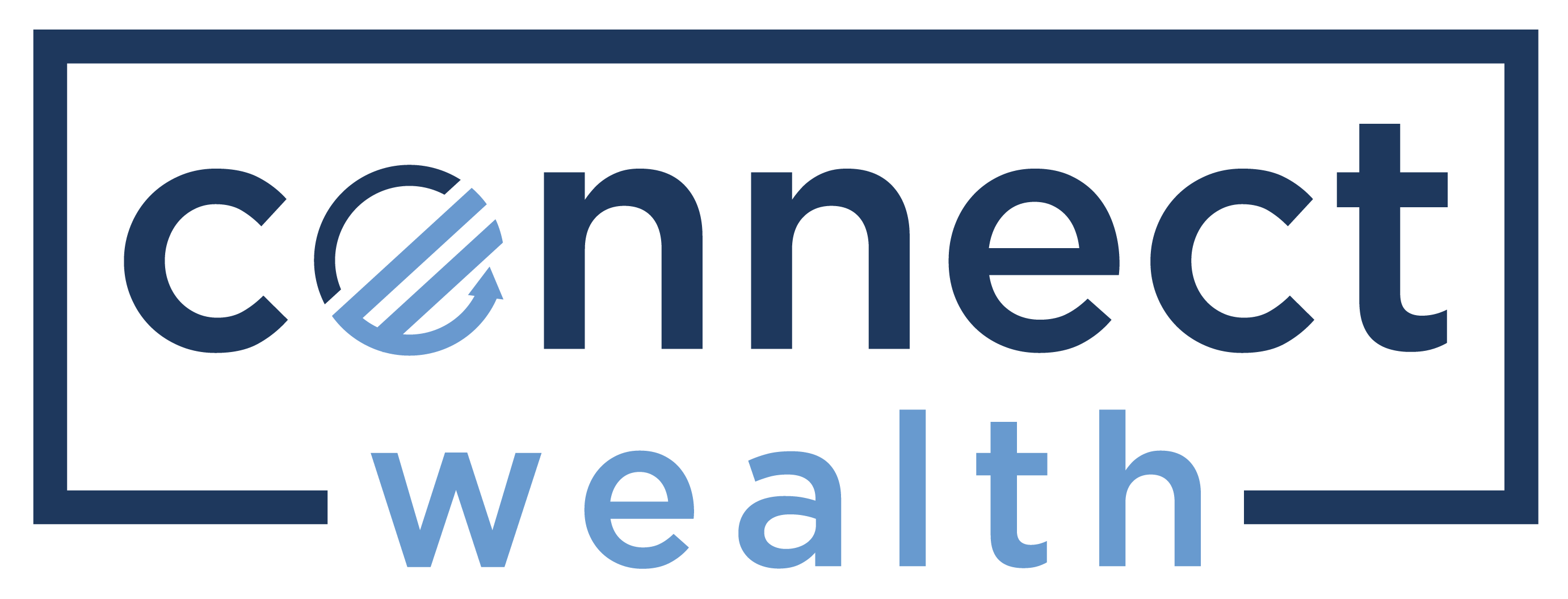If you are a federal employee or a member of the military, you are likely familiar with the Thrift Savings Plan (TSP) — the government’s version of a 401(k). It’s a solid retirement savings vehicle with low fees and broad market exposure. However, if you have recently left your government job—whether due to layoffs, a buyout, or voluntary departure—you may be wondering what to do with your TSP funds. Here’s what you need to know.
Understanding Your Options
Once you separate from federal service, you have several options for managing your TSP account:
1. Leave It in the TSP
You can leave your money in the TSP, where it will continue to benefit from low fees and tax-deferred growth. However, you won’t be able to make additional contributions, and your investment choices will remain limited to the TSP’s core funds.
2. Roll It Over to an IRA
Many former government employees choose to roll their TSP funds into an IRA, giving them greater investment flexibility and control.
3. Transfer to a New Employer’s Retirement Plan
If you transition to a private-sector job with a 401(k), you may have the option to transfer your TSP balance into that plan.
4. Take a Lump-Sum Withdrawal
While possible, this option should generally be avoided due to the immediate tax consequences and potential early withdrawal penalties if you are under age 59½.
Why Rolling Over to an IRA May Be the Best Choice
For many former federal employees, rolling over their TSP funds into an IRA is the most beneficial option. Here’s why:
1. More Investment Choices
The TSP offers a limited selection of funds, primarily index-based options covering the broad market. While these are cost-effective, they may not align with your specific financial goals. An IRA allows you to invest in individual stocks, bonds, ETFs, mutual funds, and even alternative assets like real estate or gold, giving you more control over your retirement portfolio.
2. Professional Management and Advice
With an IRA, you can work with a financial advisor to create a tailored investment strategy based on your retirement goals, risk tolerance, and market outlook. The TSP lacks personalized investment guidance, leaving many participants to manage their accounts without professional input.
3. More Flexible Withdrawal Rules
The TSP has restrictive withdrawal options that can make accessing your money difficult. In contrast, IRAs offer more flexibility, including the ability to take withdrawals on your own schedule, convert to a Roth IRA for tax-free growth, and structure distributions to minimize tax impact.
4. Roth Conversion Opportunities
If you roll over your TSP into a traditional IRA, you can later convert portions of your balance into a Roth IRA. This strategy allows you to pay taxes now at potentially lower rates and enjoy tax-free withdrawals in retirement. The TSP does not offer in-plan Roth conversions.
5. Estate Planning Advantages
An IRA can provide greater estate planning benefits, including the ability to pass funds to beneficiaries with more distribution options. The TSP requires non-spouse beneficiaries to withdraw funds within a specific timeframe, potentially resulting in higher tax burdens.
How to Roll Over Your TSP to an IRA
If you decide to move your TSP funds into an IRA, follow these steps:
- Open an IRA Choose a brokerage or financial institution that fits your investment needs.
- Request a Direct Rollover Contact the TSP and request a direct rollover to avoid mandatory tax withholding.
- Select Your Investments Once the funds are in your IRA, work with an advisor or self-manage your investments based on your risk tolerance and goals.
The Bottom Line
The TSP is a great retirement savings tool while working for the government, but once you leave, it may no longer be the best option for growing your wealth. If you’ve recently lost your job or accepted a buyout, consider rolling your TSP into an IRA for greater investment flexibility, personalized advice, and more control over your retirement future.
Need help deciding the best course of action? Connect Wealth is here to provide expert guidance tailored to your unique financial needs. Schedule a consultation with us today to ensure you make the right move for your long-term financial health.
